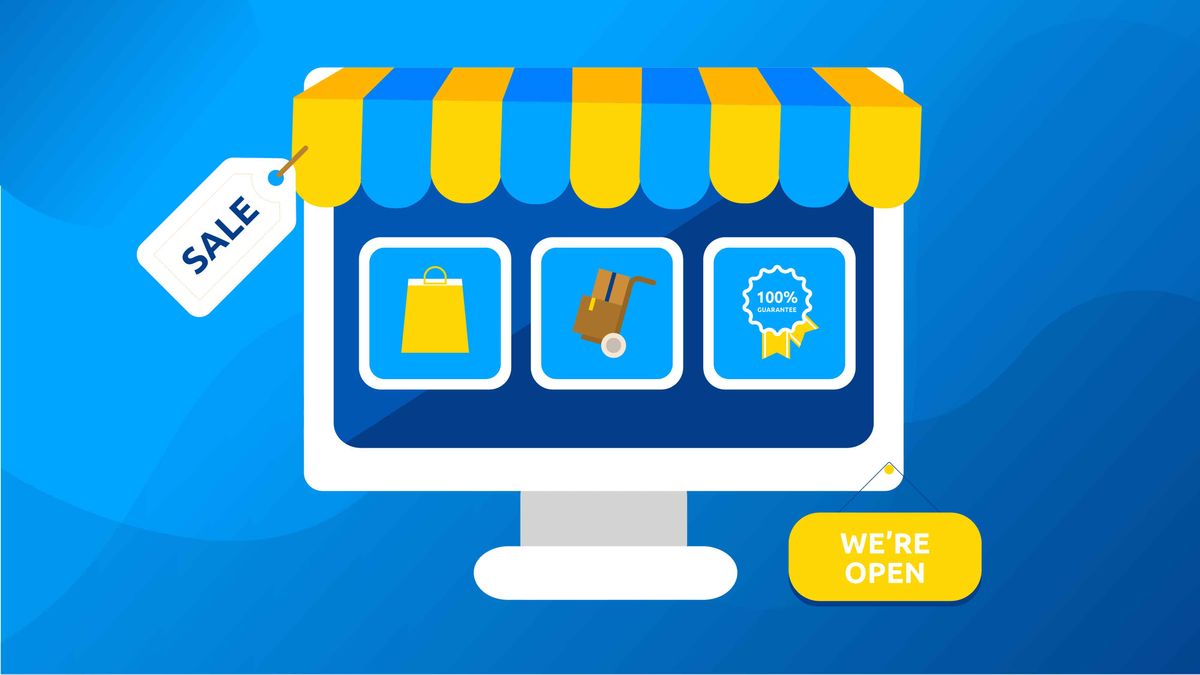As your business starts to grow, you’ll likely have endless questions for every variable that keeps the wheels turning. How am I going to scale my product? How am I going to find more customers? Should I be selling in other countries or growing my customer base for a more local business? What you’re really assessing is how you will scale your business.
Maybe in the past, you’ve been able to handle everything. Product research, testing, supply ordering, listing creation, and taxes kept you busy, but with some late nights and forgone weekends, you were still able to handle everything. However, scaling is more than just finding more hours in the day, and scaling efficiently is more than just hiring someone to take over what you used to do. Scaling correctly requires a plan and for you to find ways to manage daily business operations faster than ever before.
What does “planning to scale” look like, and what types of business operations should you attempt to streamline first? You can find ways to streamline just about every aspect of your business, but it’s often easiest to start where others can offer their expertise. Relying on a company that specializes in things such as shipping, foreign language translations, or foreign currency exchange and banking will speed up your business operations and provide you with more peace of mind than if you were to hire and train someone yourself. To make an informed decision and find the right company for your business, you‘ll need a basic understanding of what each of these worlds look like.
In this blog, we’ll walk you through the foundational knowledge necessary to scale a growing international e-commerce business.
Shipping

Amazon Marketplace makes shipping to customers simple with Fulfilled by Amazon, but you still need to get your product from the manufacturer to you, and then from you to the Amazon FBA warehouse. Oftentimes, you can find a company that will handle it for you, but if you don’t know the different types of international shipping and the associated lingo, it’s possible that you’ll put an unnecessarily large dent in your profits.
Let’s start by looking at all the necessary steps for a product to get from its manufacturer in another country to your door (or a warehouse):
The manufacturer has your product ready for pick-up.
The product is loaded onto a vehicle for transport to a port (air or sea).
The product is dropped off at the port
Export paperwork and customs for the foreign country that your product is leaving must be processed and dues paid.
The product is loaded onto a plane or ship and dropped off to a receiving port.
Import paperwork and customs for the country that your product is coming into must be processed, and dues must be paid.
The product is loaded onto a vehicle for transport to you.
It’s possible that carriers will have additional steps for the sake of their own business efficiency, but at a high level, these are the steps you need to be aware of.
Let’s look at some shipping industry terminology to shed some additional light on the above process.

The above covers most of the basics that you’ll need to know, so how about recommendations? How can you use the knowledge above to streamline your shipping operations and scale your international business? As mentioned above, you should leave as much as possible to the experts. Look for a freight forwarder who can offer DDP to save you the most time, which allows you to focus on product research and sales. Your real savings will come from how you have the product delivered.
For a new product that you want to test on Amazon Marketplace, you’ll likely only order a few units. The real goal is to get a listing posted as quickly as possible. Launching a new product should be viewed more like a business expense and not as a revenue stream. Seek out air freight DDP for quick (often 3-5 days) delivery and minimal work on your end so that you can post the product immediately. Once you know whether or not you want to move forward with the product, find a freight forwarder that can give you ocean freight DDP based on your order size. The most common companies are actually ones you may be familiar with: DHL, FedEx, and UPS. Whether you go with FCL or LCL is going to depend a lot on what your product is, but as a general rule of thumb, use LCL unless you are ordering 5,000 – 100,000+ units of a product. Again, your freight forwarder can provide expert guidance on this
Foreign Markets

Once you know how you will move products from point A to point B (and possibly point C if you are selling in international Amazon marketplaces), you’ll need to alter your marketing and listings to ensure the product lives up to its potential. Not surprisingly, an Amazon listing catered to an American audience may not perform as well in other countries. Beyond just marketing, there could be rules and regulations that you need to pay attention to as well. The biggest factors that you need to consider as you expand are:
Foreign language translations and listings
International business set-up and management
Country-specific product and marketing rules and regulations
Just like shipping, you shouldn’t just manage these business operations—you need to tackle them in a scalable way.
Foreign language operations are one of the biggest perceived hurdles many people have when expanding to a new Amazon marketplace. Plain and simple, hire an expert translation service or partner to translate your listing for you. There are many automated tools, from Google Translate to Amazon’s built-in tools, but none of them are likely to make your listing stand out from the pack. You don’t necessarily want a 1:1 translation from your primary language to the one that matches your foreign market. If you think about online shopping that you’ve done yourself, it may not be obvious what product listings used a professional translation service (compared to descriptions written by a native speaker), but it is very obvious when an automated translation was used. The problem stems from differences in grammar and conversational flow between languages. A translation expert who is fluent will understand your messages, the intended tone, and how it should be conveyed in the foreign language.
When you begin operating internationally, you likely won’t be able to sell under your current business entity. Operating an international business can feel a lot like running two separate businesses. The specifics will vary for different countries, but at a high level you will need to prepare for:
Setting up a new Sole Proprietorship or LLC within that country
Obtaining a tax identification number within that country (called a few different things depending on what country you are selling in)
Preparing to pay VAT (value added tax) within the EU, or whatever taxes that country imposes on businesses
Setting up a shipping and return address within that country
Tweaking your listing(s) to account for that country’s marketing rules and regulations
Evaluating your customer service and quality control policies to ensure you meet the standard for that country’s consumer protection laws
You’ll be able to find many service providers that can either walk you through or completely handle many of the above steps, but if you are planning to tackle anything on your own, this might be one of the areas to investigate. The main difference between establishing your business and handling other business operations is that many of these tasks only need to be done once per country. The exception is taxes, which you will need to do at least every year, and they have the added complexity of varying from country-to-country. For businesses worldwide, PingPong offers experts to help you manage a free multi currency account.
Foreign Currency

Lastly, when you are operating in a different country, you are undoubtedly going to be working with different currencies. If you aren’t careful, managing different currencies across your business transactions can unnecessarily lower your profit margin. You will have to pay a fee and a conversion rate whenever you transfer from one currency to another, and you want to minimize the impact that will have. Here are a few things to watch out for specifically when dealing with foreign currency exchange (FEX):
Evaluate different conversion services
Avoid double conversion fees
You want to move money around as little as possible when dealing with foreign exchange. Obviously at some point you will want to convert your earnings into a currency you can use, but remember that you will need to pay taxes. Double conversion fees occur when you convert too much money in the initial transfer and have to move some back to pay for your taxes. PingPong avoids this by helping you manage your money in one place without needing unnecessary conversions.
Find a partner with in-house experts
One of the biggest benefits of using a partner service is that they specialize in whatever realm of business they are supporting you in. Having in-house VAT/tax specialists or experience in foreign exchange money management will save you from having to spend time researching and operating on your own.
Summary: There are a lot of different variables to consider when you are looking to create an international e-commerce business. You won’t have time to run your business and expand without scaling your business operations. The best place to start is to find business partners or service providers who are already experienced in these aspects of business. Managing something that you are unfamiliar with is always going to be slower than focusing on your strengths, so be sure to utilize other people’s strengths as well.
—
Having a partner by your side allows you to move forward confidently while your business grows from a local operation to a global one. PingPong offers a full suite of services to help you manage currency exchange, supplier payments, settling foreign tax obligations, and more. Click this link to set up your free account today and get started on your #internationaladventure.










